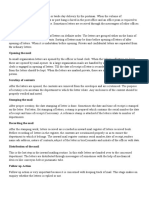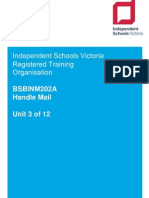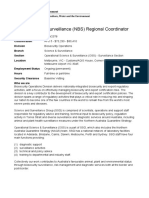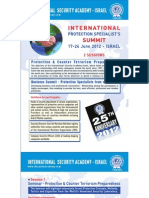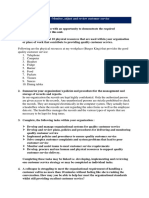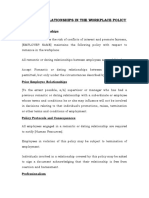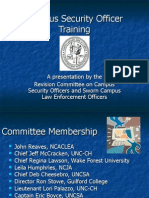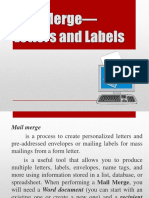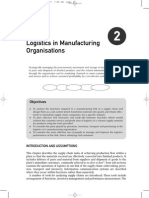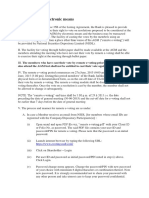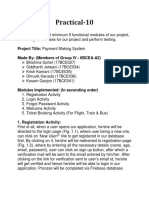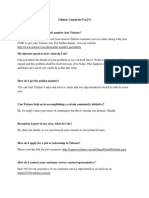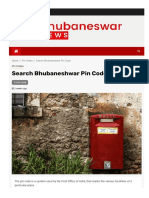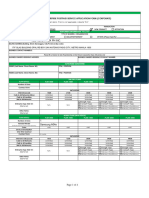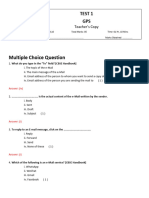100% found this document useful (1 vote)
222 views25 pagesTopic 6 - Processing Mail
This document discusses procedures for processing incoming and outgoing mail. It describes sorting incoming mail into individual or department piles and prioritizing urgent mail. Safety precautions for opening mail are outlined. Outgoing mail procedures include addressing envelopes, applying postage, and using various delivery services like priority, express, and international mail. Private courier services are also discussed.
Uploaded by
Faiqah IzzatiCopyright
© © All Rights Reserved
We take content rights seriously. If you suspect this is your content, claim it here.
Available Formats
Download as PDF, TXT or read online on Scribd
100% found this document useful (1 vote)
222 views25 pagesTopic 6 - Processing Mail
This document discusses procedures for processing incoming and outgoing mail. It describes sorting incoming mail into individual or department piles and prioritizing urgent mail. Safety precautions for opening mail are outlined. Outgoing mail procedures include addressing envelopes, applying postage, and using various delivery services like priority, express, and international mail. Private courier services are also discussed.
Uploaded by
Faiqah IzzatiCopyright
© © All Rights Reserved
We take content rights seriously. If you suspect this is your content, claim it here.
Available Formats
Download as PDF, TXT or read online on Scribd
/ 25




